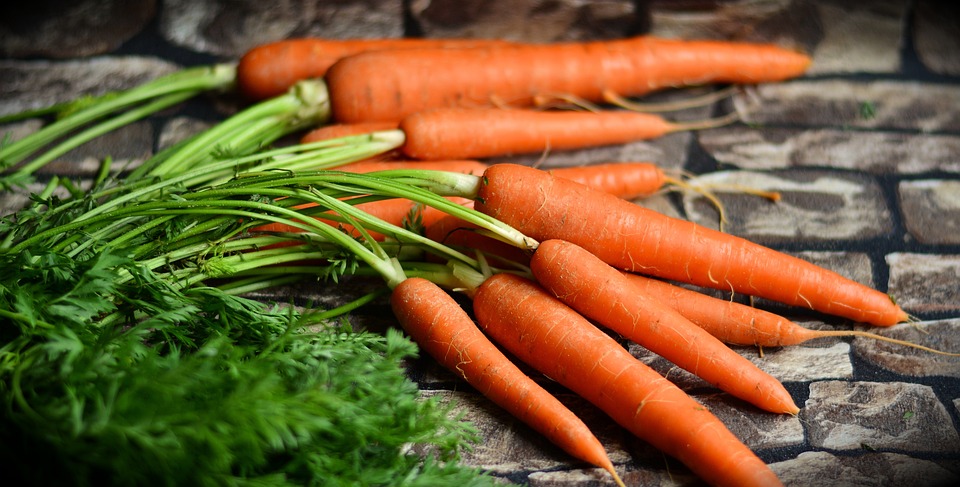Choosing the Right Location
One of the first things to consider when starting a vegetable garden is choosing the right location. Vegetables need at least 6-8 hours of sunlight per day, so pick a spot in your yard that gets plenty of sunlight. Make sure the location is also easily accessible for watering and weeding.
Additionally, consider the soil in the area. Vegetables thrive in well-drained, nutrient-rich soil. If your soil is poor, consider building raised beds or improving the soil with compost or other organic matter.
Deciding What to Plant
Before you start planting, consider what vegetables you would like to grow. Some popular choices for beginners include tomatoes, peppers, lettuce, and zucchini. Consider your climate and growing season when selecting vegetables to ensure they will thrive in your area.
It’s also important to consider the space you have available. Some vegetables, like pumpkins and watermelons, require a lot of room to grow, while others, like radishes and lettuce, can be grown in smaller spaces.
Preparing the Soil
Once you have chosen a location and decided what to plant, it’s time to prepare the soil. Start by removing any weeds or debris from the area where you will be planting. Then, loosen the soil with a shovel or garden fork to improve drainage and aeration.
Next, consider adding compost or other organic matter to the soil to improve its fertility. Work the compost into the soil to a depth of at least 6 inches to ensure that it is well mixed.
Planting Your Vegetables
When it comes time to plant your vegetables, follow the instructions on the seed packets for spacing and planting depth. Consider using a garden plan to help you organize your planting and make the most of your space.
After planting, be sure to water your vegetables regularly to keep the soil moist. Consider installing a drip irrigation system or using a soaker hose to make watering easier and more efficient.
Caring for Your Garden
Once your vegetables are planted, it’s important to care for them properly to ensure a bountiful harvest. This includes regular watering, weeding, and fertilizing as needed.
Consider using organic fertilizers or compost to feed your plants, as this will help improve soil health and provide essential nutrients. Keep an eye out for pests and diseases, and take action quickly to prevent them from spreading.
Harvesting Your Vegetables
As your vegetables grow, keep an eye on them and harvest them when they are ready. This will vary depending on the type of vegetable, so be sure to familiarize yourself with the proper harvesting times for each crop.
Harvest your vegetables regularly to encourage continued production. Some vegetables, like tomatoes and peppers, will continue to produce throughout the season if harvested regularly.
Conclusion
Starting a vegetable garden can be a rewarding experience for beginners. By choosing the right location, deciding what to plant, preparing the soil, planting your vegetables, caring for your garden, and harvesting your vegetables, you can enjoy a bountiful harvest of fresh, homegrown produce.



